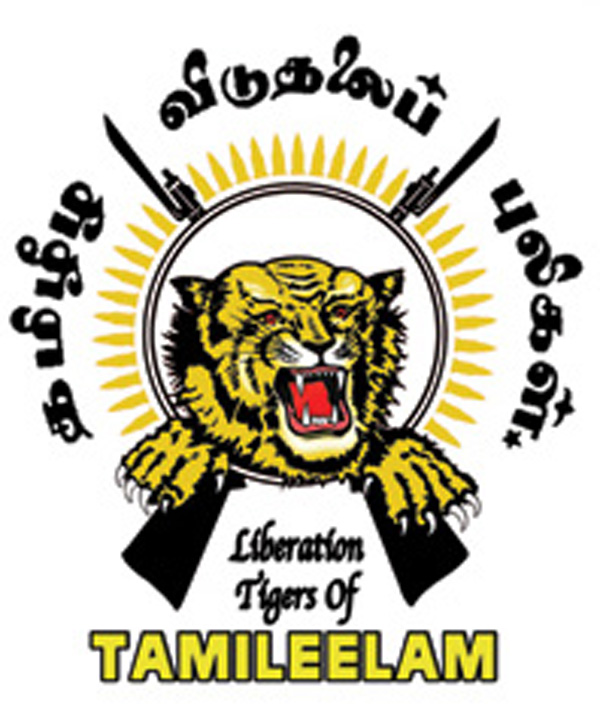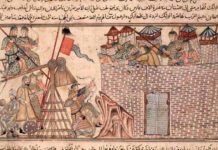To understand the genesis of the LTTE- Sinhala conflict, one has to have a look at the history of Ceylon (now Sri Lanka) for the last 150 years. At that time the British were the omnipotent power in the subcontinent and Ceylon was their colony as well. During the nineteenth century the British imported a lot many Tamil speaking Hindus from South India to work in the tea plantations. Over the decades these Tamils multiplied and now are 13% of the population.
In 1948, Sri Lanka was granted independence by the British. However the larger Sinhalese community started a blatant discrimination against the Tamils. The result was that the Tamils effectively became second class citizens in the land they had lived close to two centuries. This sowed the seeds of the conflict and the Tamils aided by the Tamil Diaspora took up arms against the Lanka government in 1983. Their leader was V Prabhakaran. He formed the LTTE (Liberation Tamil Tigers Elam) a front organization to fight the Sinhalese Army.
The Indian Role
Initially RAW (Research and Analysis Wing) an intelligence department of the Government of India gave training to the LTTE cadres. This was because there was inherent sympathy for the Tamils in Sri Lanka as a lot many Tamils reside in the Southern State of Tamilnadu. However after a few years this was stopped as the LTTE turned to terror activities. In 1987 Rajiv Gandhi tried to broker a peace pact between the LTTE and the Sri Lankan Government. In a shrewd move the Lankan President Jayewardene, invited the Indian Army as a peace keeping force.
The Indian Army moved in and it is on record that they ended up fighting the LTTE. But there is no doubt the LTTE had a tough time facing the Indian Army and suffered heavy causalities as well as lost Jaffna, their stronghold. The Indian Army at the request of Sri Lanka withdrew from this theatre in 1990.
The Murder of Rajiv Gandhi
The LTTE heaved a sigh of relief and in 1991 and decided to take revenge, on the man who had sent the Indian Army to Sri Lanka. As a follow up, on the orders of their leader Prabhakaran, a suicide bomber assassinated Rajiv Gandhi, the former Indian Prime Minister who had sent the IPKF into Lanka. This was the beginning of the end for the LTTE, as they lost all support in India and the LTTE was banned as a terrorist organization. Many other countries followed suite and with this branding a lot many sources of funds for the LTTE dried up. In addition the Indian Navy started a vigil on the sea and informed the Sri Lanka Navy of the movement of boats and vessels coming to the aid of the LTTE. The supply lines to the LTTE was choked.
The Final Phase
In conjunction with Indian advice, a rejuvenated and better armed Lanka Army mounted an assault on the LTTE. The significance of this assault lies in the fact that it was determined and ruthless. With the Indian Navy bottling the LTTE, the Lanka Army moved rapidly forward. In battle after Battle the LTTE gave way and soon were bottled up in a small area of the NE of the Island by 2009. India provided no succor and gave regular intelligence of LTTE movements to Sri Lanka.
Thus any escape route for the LTTE leadership including Prabhakaran was sealed. The choice was surrender or death. In real terms there was no choice as the surrendered LTTE cadres were shot dead, without compunction by the Lankan Army. Thus the Indian role in the defeat of the LTTE cannot be minimized. The Killing of Rajiv Gandhi turned out to a fatal mistake that left the LTTE with no escape route. From that day, they were doomed to defeat. Perhaps the US which is operating against a force of the Taliban and Al Qaeda in Afghanistan can take some lessons from the annihilation of the LTTE.








